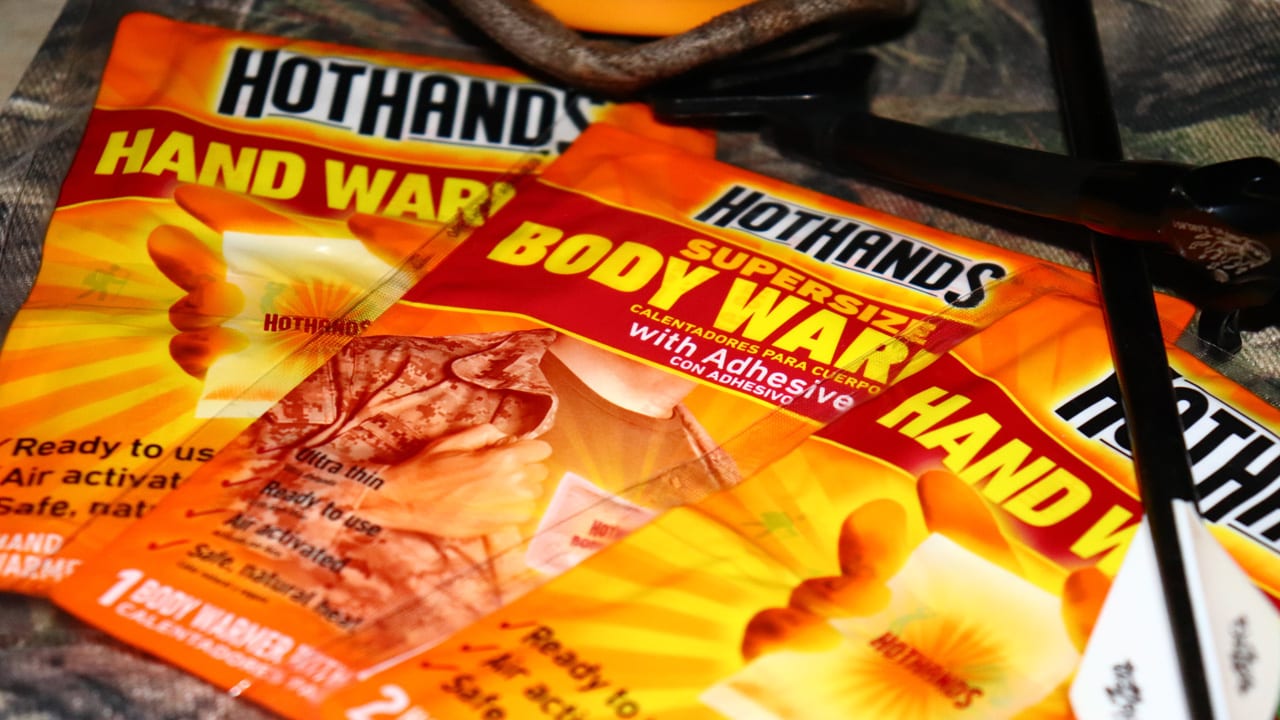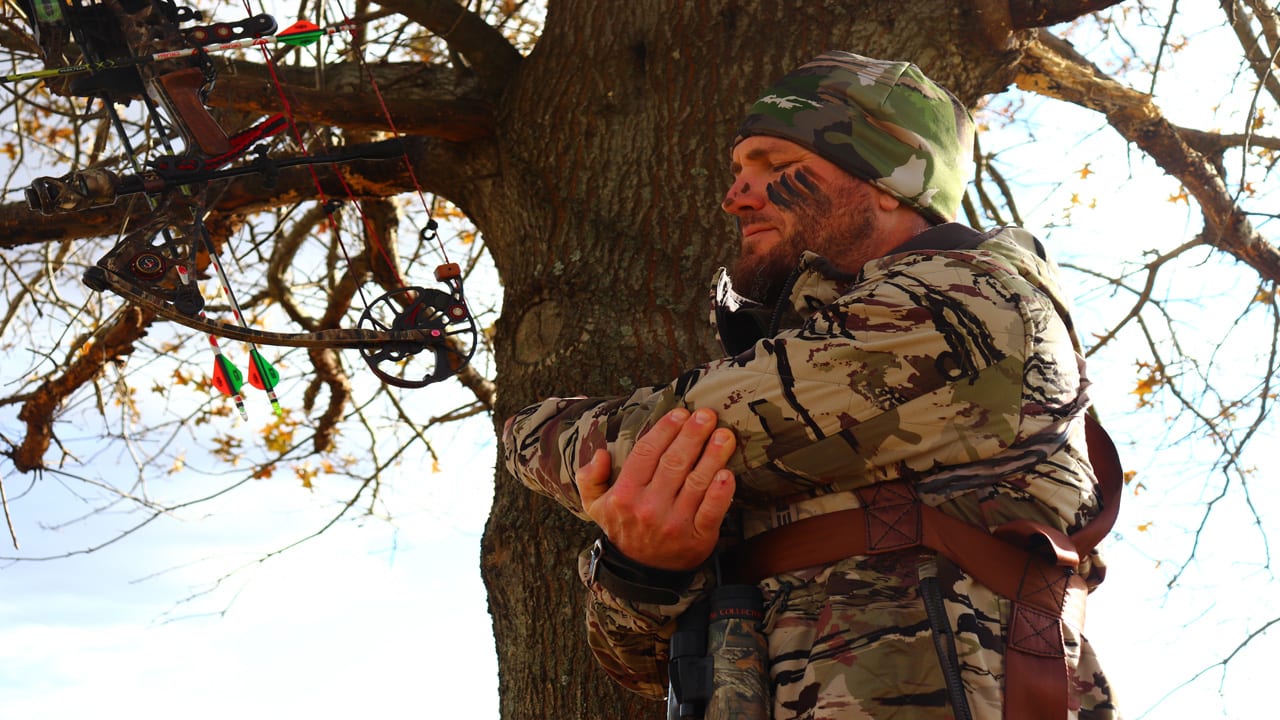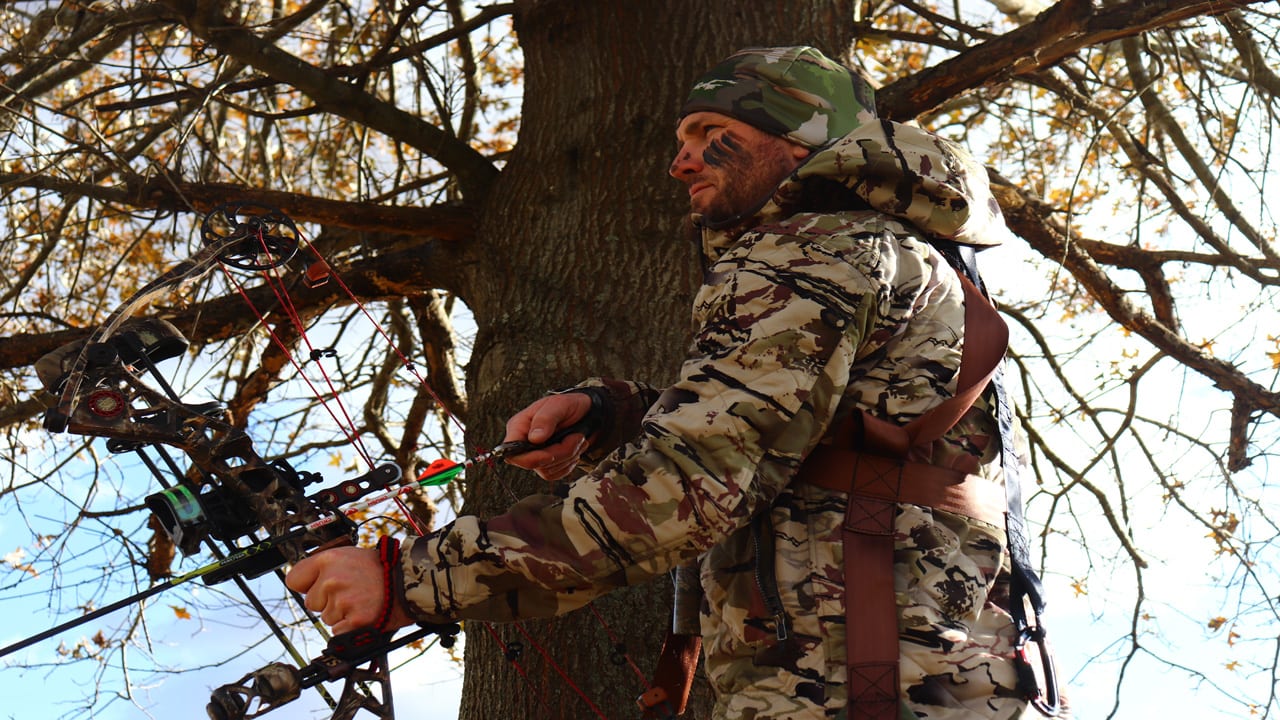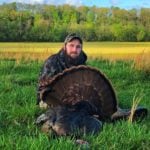Those that have any level of familiarity with late-season bowhunting know all too well the hurdles that must be overcome to achieve success as the final bell closes in. Patterns that shift with the availability of food sources, absent foliage that complicates the matter of hunter concealment, and unpredictable weather that will leave you guessing, all present their own unique and sometimes frustrating set of challenges.
However, when you finally have a buck of your liking within range, you feel as if you have crest an insurmountable peak. All that stands between you and a hard-fought victory is the flawless release of a timely arrow. With the culmination of your season-long efforts on the line, a miss is not an option.
Although, it would appear that mere seconds remain before a drag toward the truck is to commence, countless hunters every year are left to ponder upon how their season came crashing down on behalf of a wayward arrow. At this stage in the game, a defeat is absolutely crushing, often serving as a failure to seize upon perhaps the last moments of opportunity for the season.
If this has happened to you, you are not alone. No one is immune to misses at any point in the season. However, the prominence of this universal truth is greatly magnified during the late season when hunters are faced with a barrage of circumstance specific challenges. But how do you conquer these challenges and persevere to punch tags? Here’s a look at how to conquer late-season shooting difficulties in the toughest days of the season.
Avoid Excessive Bulk
It is no secret that the late-season presents some of the most trying times to be on stand. Staying warm becomes a unique challenge in itself. When temperatures plummet and wind chills near the point of being unbearable, it is only natural to pack on the layers. After all, if some clothing is good, more clothing will be better, right? While it might seem like conventional wisdom, when it comes to bowhunting, this is just simply not always the case.
Drawing a bow requires a full range of upper-body mobility. When winter clothing comes to a point of excess that inhibits proper form, you are self-sabotaging your shooting efforts. Instead of dawning layers of sweatshirts and oversized jackets, try opting for thermal base layers and insulated or lined garments that are inherently warm on their own accord and minimize the need for excessive layering.

The use of thermal base layers and compact hand and body warmers can supplement body heat and prevent the need for excessive layering that can inhibit your range of motion.
Overcome Cold Induced Muscle Fatigue
Few situations are more frustrating than being unable to draw your bow at the moment of truth due to cold-induced muscle fatigue and stiffness. After hours of staying vigilant on stand during frigid late-season temperatures, your draw weight suddenly feels as if it has been doubled, making completing the draw cycle an impossibility. This is our body’s natural response to extended cold weather exposure. Our nervous system signals our muscles to become increasingly rigid, thus contracting blood vessels in order to conserve maximum blood flow for our vital areas.
The effects of this function can be offset by carefully stretching on occasion while on stand. This promotes the relaxation of muscles and the return of standard distribution of blood flow. It is also imperative to keep this in mind when setting your draw weight. A marginally excessive draw weight can quickly be rendered unusable when your muscles are in a state of cold-induced contraction. By opting for an easily manageable draw weight, you are left with a bow that can be drawn, even in extreme cold.

Have you ever not been able to get your bow to full draw after a lengthy sit in frigid temperatures? Periodic stretching serves to relieve cold induced muscle stiffness.
Don’t Fall For Poor Decision Making
As you have spent your season watching as many hunters around you have successfully punched tags, and the remaining days of season grow few, it is only natural to become somewhat anxious. It is extremely easy to cave to poor decision making when the season has become long-lived, and pressure is mounting. Many sound shot opportunities have been blown do to rushed shots and blatant absentmindedness in the throes of a high-stress situation. In these cases, a lack of proper form, misjudged yardage, or lack of patience in waiting for a better shot opportunity are all common causes of missed shots caused by season’s end anxiety.
Don’t let anything get you out of your zone. Remember, executing a well-placed shot is no different on the last day of season than it would be opening morning. Do not sacrifice proper form for the sake of rushing a shot. Keep correct upper body geometry and bend at the waist, anchor as you do any other time, and follow-through. Slow down, breath, and make your shot count. Remember, you are only under as much pressure as you place on yourself.

Don’t lose your cool when faced with the moment of truth. Lay late season anxiety to the side, and execute your shot with flawless precision.
Watch Out For The Unforeseen
During the depths of winter, trees are typically void of any notable amount of foliage. This can easily create a problem of the worst kind. In this case, it is not what you can see that will hurt you. It is the overlooked obstacle that will divert your arrow’s flight path into parts unknown. During the earliest portions of archery season, even the smallest of twigs are adorned with leaves and other greenery that readily give away their position. This is not the case in the weeks following fall’s first freeze.
After trees have begun to drop their leaves, a hunter must possess an otherworldly level of attentiveness to avoid the relative minefield of difficult to detect twigs and branches that lay in wait. Even single branches, some as minuscule in diameter as a #2 pencil, can deflect your arrow, imparting weeks of heartache. For this reason, a late-season hunter must scope out any potential obstacles before committing to a shot and possess the restraint to pass on an opportunity if its viability is compromised.
Make It Count
Making your late-season shot opportunities count is equal parts mind-over-matter and physical agility. When lacking in preparation, shots often go awry, leading to a lengthy winter’s worth of regret. However, those who can make the necessary adjustments to overcome the trials of late-season shooting will put their arrows where intended. As the bitter chill of winter takes hold, persevere, adapt to the situation at hand, and end your season on a high note as you rise to the occasion and claim your hard-fought victory.

 By
By 



